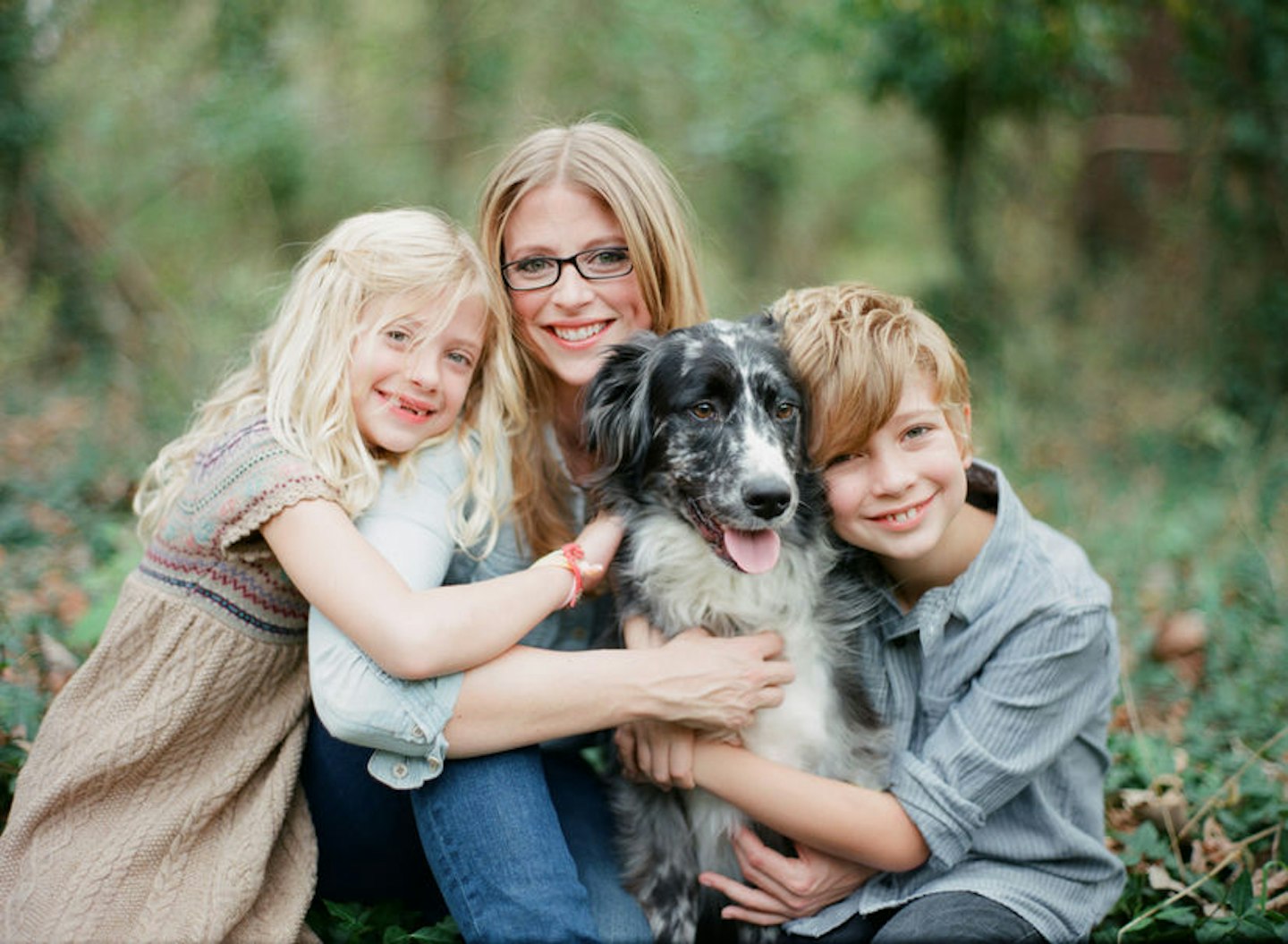While gaining a new family member - in the form of a cute, lovable pet - is an exciting thing for all involved, introducing a furry friend into the household can sometimes be a stressful experience. But fear not: our top tips on how to introduce a pet into your family will help you make the transition as smooth and comforting for them as possible...
1. Allow your new pet to get settled into their new home
When you first bring your new pet home, let them slowly familiarise themselves with new surroundings. You can do this by confining your pet to a specific room (like the living room) for a day or two, and then slowing introducing new rooms into the mix, to help them feel safe and not overwhelmed.
It's also important to pet proof your home, by doing things like hiding electric cords and protected open sockets. Once this is done, be sure to give your new pet lots of time to explore these new surroundings before introducing them to any new family members or pets.
Top Tip: Petplan’s pet behaviourist, Nick Jones MA of Alpha Dog Behaviour Ltd, advises you supervise your new pet in the first few days to help them settle in and to understand some simple house rules.

2. Let your pet introduce itself to the family
Sometimes pets can feel overwhelmed when they join a new family, even if they have previously lived with other families and children. To help prevent this from happening, let your new pet - especially if they're a dog - approach any children in the family first, rather than the other way round. Why? Well, when the animal approaches a child, it will be much less threatening to them. It will also give them a bit of space to find their feet in a new home.
Top Tip: With dogs, consider creating a calm and controlled meeting with people of all ages by placing the dog on a soft lead and collar allowing the owner to control and guide the dog throughout the process, says Nick.
Once the initial introduction has been made, it's important to teach your children how to approach and interact with your new pet. Think lots of gentle stroking, positive reinforcements and no sudden movements that could cause your new to feel threatened.
Top Tip: To help prevent boisterous or other unwanted behaviours such as jumping up, teach your dog that Sit = Hello, so that all four feet on the floor results in a nice treat and attention, says Nick.
3. Use positive reinforcements
When your new pet does something positive, like approach a family member or eat and drink from their food bowls, use verbal praises and treats to reinforce their good behaviour. This will condition them into behaving well, but also help you and your family bond with your new pet.
Top Tip: Keep jars of soft dog or cat treats in various locations about the home to enable quick and consistent rewards for behaviours you do like. But make sure to keep the jar out of their reach, says Nick.

4. Invest in pet insurance
When introducing a new pet into the family, it's important to make sure that they're protected with pet insurance in case anything unexpected happens. Get them covered by Petplan pet insurance to help keep your pet healthy for the rest of its life. Trust us: your pet will love you for it.
5. Be patient
Remember that every pet is different, and so they will respond differently to being thrust into a new environment. A little patience and a lot of love will go a long way during this time. All dogs are different and depending on the age of the dog and its previous experiences, there may be gaps in its social abilities with dogs or people, or for example the need to use the garden for toileting and not your home! Even if it takes a few weeks or even months for your new pet to feel fully settled and integrated into your family, rest assured that you will get there in the end!
Petplan is the UK's most trusted pet insurance, offering policies to help keep pets healthy for the rest of their lives. If your pet isn't insured, take out pet insurance by Petplan now.
